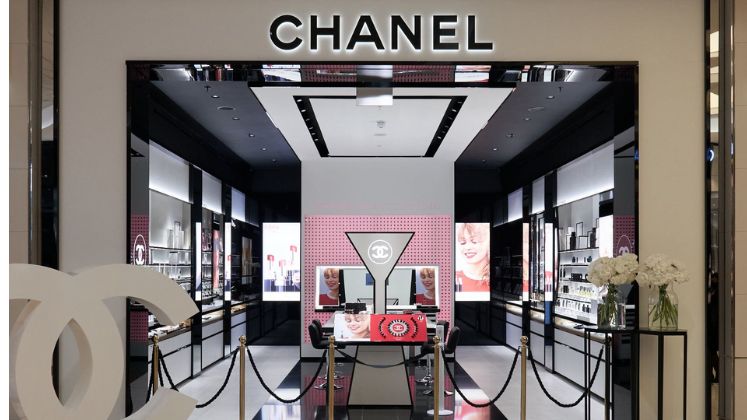
Chanel saw a sharp 30 per cent drop in operating profit to US $ 4.48 billion in the previous year, as economic pressures worldwide, slumping Chinese consumer spending, and surging marketing costs took their toll. Revenue fell 4.3 per cent on a comparable basis, with Greater China — which generates nearly half of the brand’s revenue — down 7.1 per cent.
The luxury sector is weathering a period of slowdown, coupled with flagging Chinese appetite for high-end spending and fresh uncertainty following US President Donald Trump’s fresh tariffs on European imports. Even giants like LVMH reported dismal performance in 2024, which captured the scale of the slowdown.
Chanel CEO Leena Nair stated on how the brand experienced a rollercoaster 2024, particularly in Asia, but justified the cost of the brand, countering suggestions that Chanel had priced out customers in post-COVID boom years on popular products. Nair said that last year was off the back of a period of record growth where our revenues almost doubled in three years.
While Chanel is an institution in the ultra-luxury category, the drop in sales — down 4.2 per cent in the Americas and rising only 0.6 per cent in Europe — caught most off guard. CFO Philippe Blondiaux did admit to the pain points, stating the company would “keep an eye very closely on costs” and is forecasting headcount to be flat in 2025, after rising 5.1 per cent last year. Chanel cut 70 US positions earlier in the year. Advertising spend rose to US $ 2.4 billion in 2024, part of what Chanel described as “brand support activities” that stretched margins. The company also is holding off on US price hikes until it knows more about Trump’s proposed tariffs, which to date include a 10 per cent fee on EU imports, with a 20 per cent in development for July.
Adding to the turbulence, Chanel’s apparel business also experienced a huge leadership shake-up with the June exit of creative director Virginie Viard. Her replacement, Matthieu Blazy, will debut his first collection in October. While creative upheavals cause sales momentum to slow, the company maintains it’s taking the long view. Nair said that a vision takes time to unfold, noting that Blazy’s influence won’t be fully felt until next year.
Meanwhile, Chanel continues to invest in property, spending around US $ 600 million in 2024 on top-notch buildings in Paris, such as the Avenue Montaigne and rue Cambon buildings. The brand also closed on a future New York flagship, though those details are not disclosed.
Chanel remains owned by its billionaire shareholders, Gérard and Alain Wertheimer, who are each worth US $ 42.3 billion, according to the Bloomberg Billionaires Index. As the luxury industry embarks on a new era of uncertainty, even the most high-end brands are being forced to rethink their growth, pricing, and global presence strategies.






